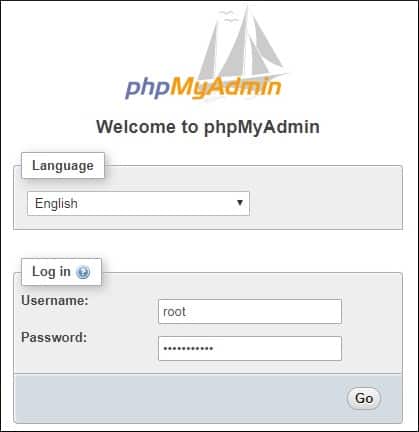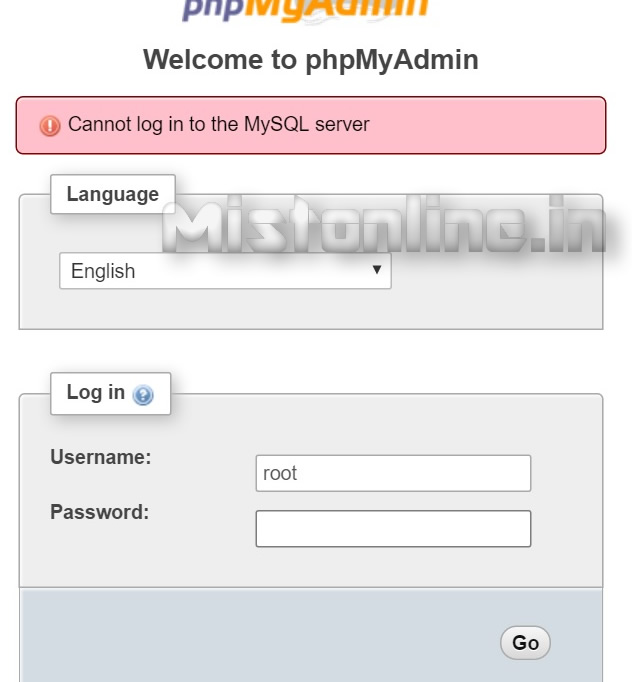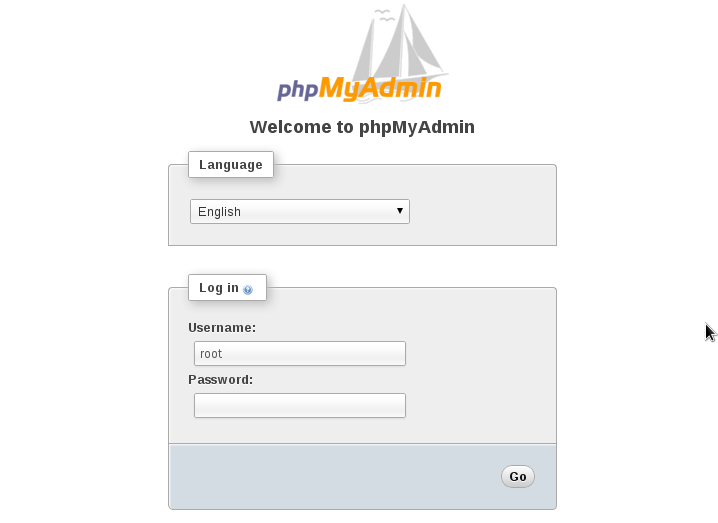


Then we just have to add our jail to /etc/fail2ban/nf enabled = true port = http,https filter = phpmyadmin logpath = /var/log/apache2/phpmyadmin_access.log etc/fail2ban/filter.d/nf denied = mysql-denied|allow-denied|root-denied|empty-denied failregex = ^ -.*(?:%(denied)s)$ ignoreregex =Īnd we test if our filter is working (try logging into phpMyAdmin with wrong credentials for this to return something meaningful):įail2ban-regex /var/log/apache2/phpmyadmin_access.log /etc/fail2ban/filter.d/nf Having taken this into consideration, we add these lines to our Apache Config in the according VirtualHost Section: LogFormat "%h %l %u %t \"%r\" %>s %b \"%n" pma_combinedĬustomLog /var/log/apache2/phpmyadmin_access.log pma_combinedĭon’t forget to reload your apache2 configuration: AFAIK this function is only available in mod_php mode. Load 3 more related questions Show fewer related questions Sorted by: Reset to default Know someone who can answer Share a link to this question via email, Twitter, or Facebook.
Php my admin login how to#

phpMyAdmin supports a wide range of operations on MySQL and MariaDB.
Php my admin login software#
Usually, phpMyAdmin doesn’t log anything - but since we’re on our own Server, we can change that (given we’re using apache2). XAMPP phpMyAdmin is a free software tool written in PHP, intended to handle the administration of MySQL over the Web.
Php my admin login portable#
As a portable web application written primarily in PHP, it has become one of. So let’s use our old buddy fail2ban to reduce this risk quite a bit.īlock a user’s IP for a certain amount of time after several failed logins.įirst things first: we need a logfile. phpMyAdmin is a free and open source administration tool for MySQL and MariaDB. First we create all users as then we open up a webinterface, allowing everybody to login as isn’t it? An unsecured phpMyAdmin is one of the biggest security risk on most servers.


 0 kommentar(er)
0 kommentar(er)
